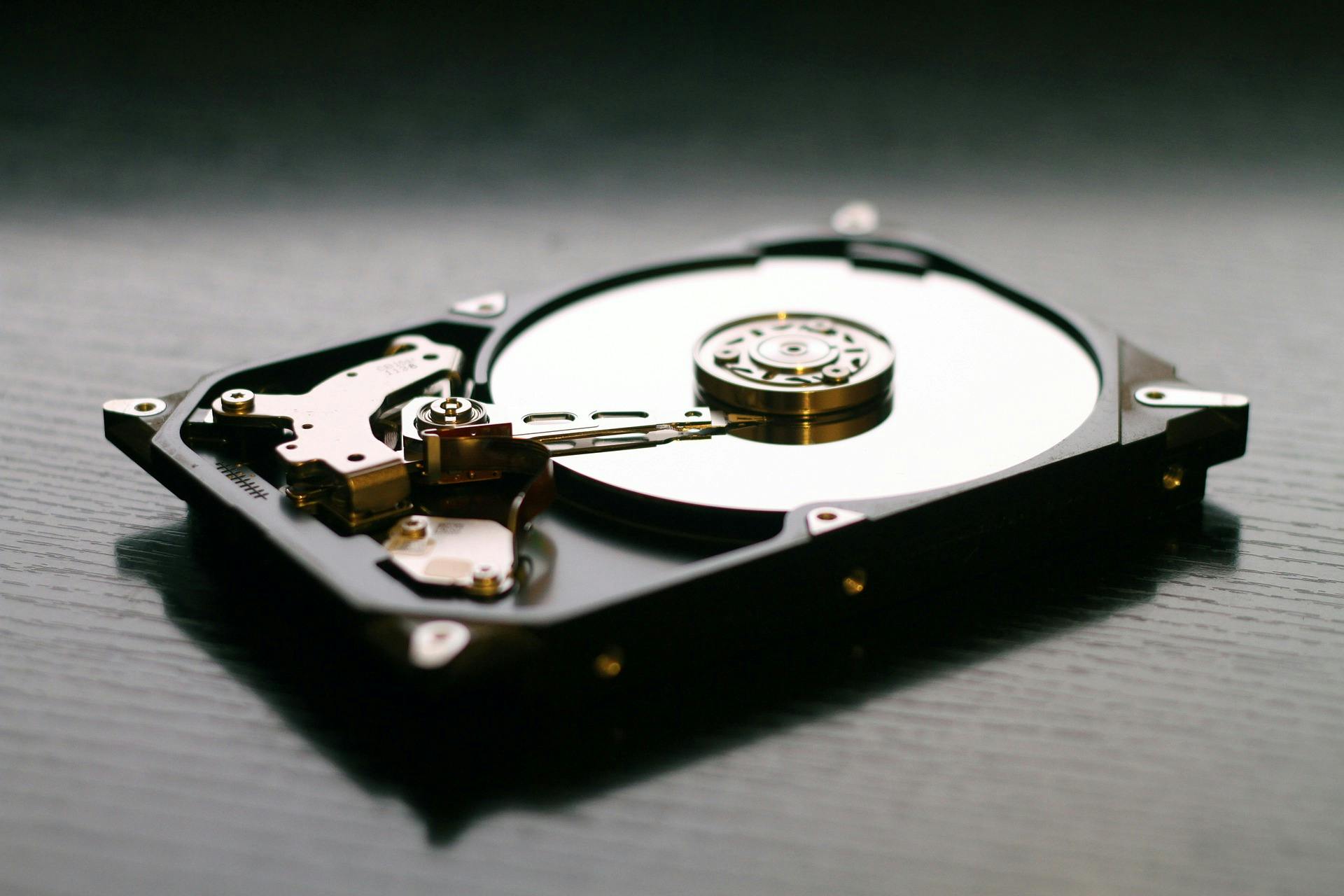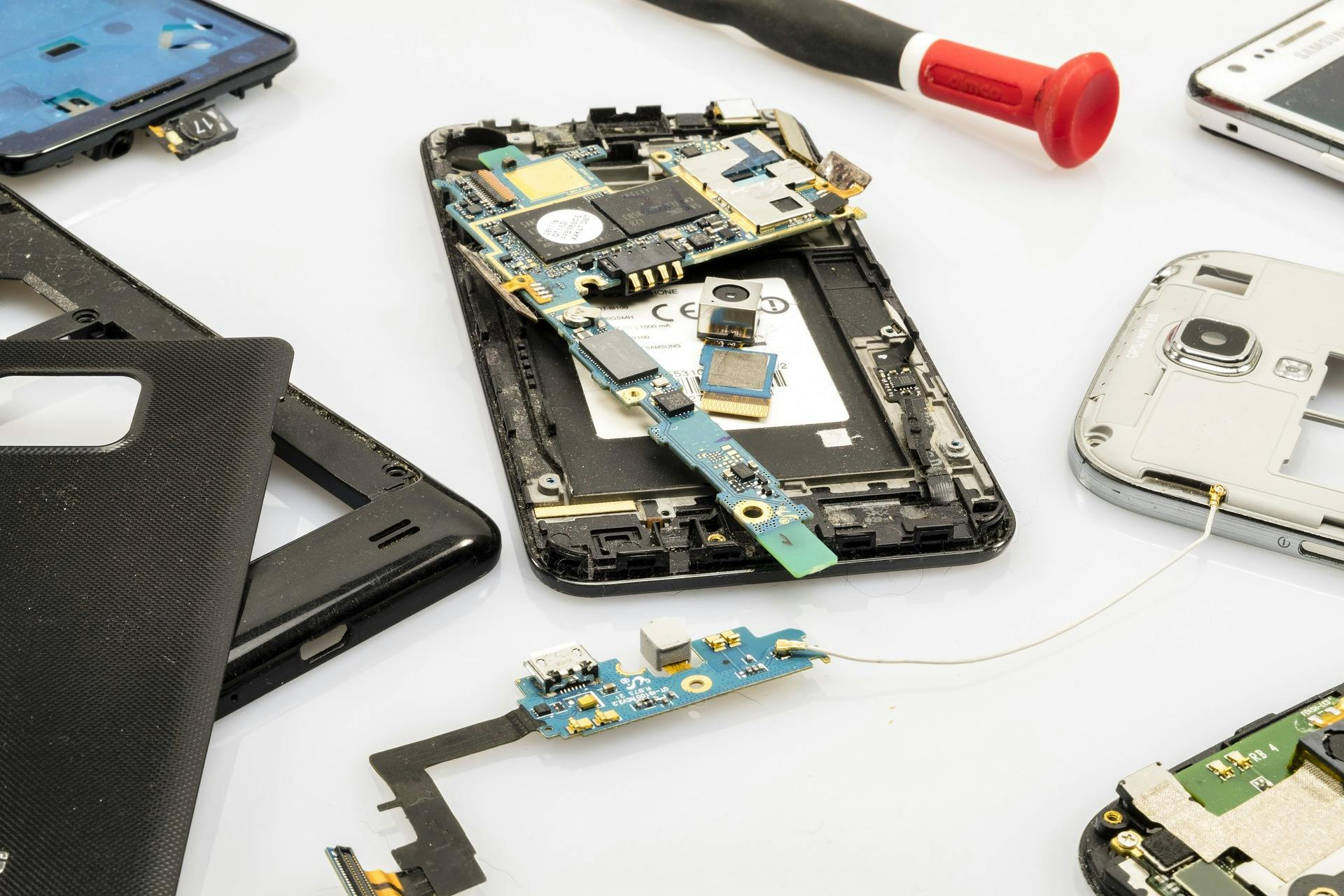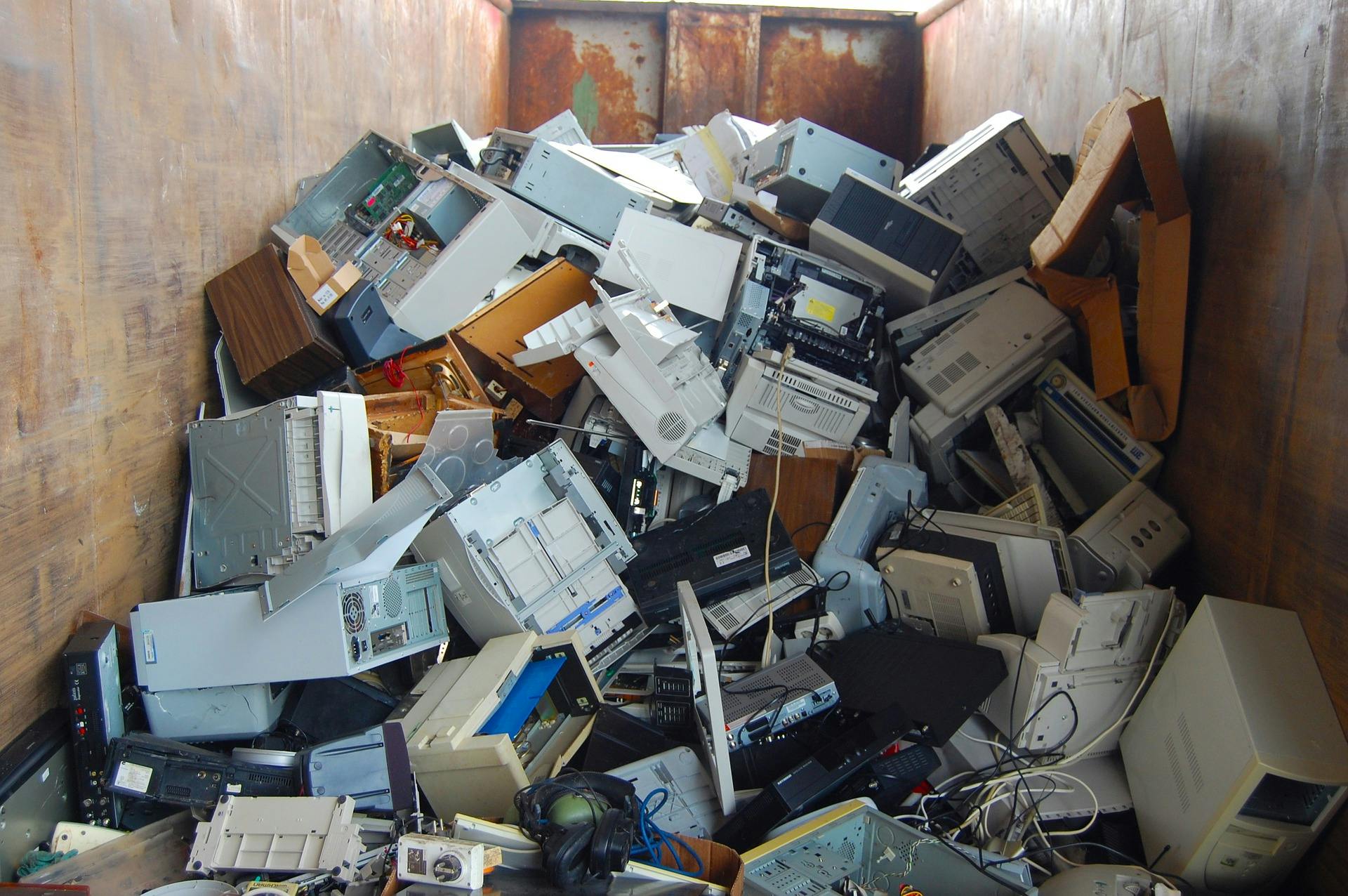You might not think of IT as having a negative effect on the environment, but like anything else that uses energy, it does. And let’s not forget the hazardous materials used to make all our favorite gadgets which then are left to seep into the soil. Luckily, IT doesn’t have to mean the destruction of our environment. Many tech companies, including ITSG, incorporate green IT practices such as efficient power usage, limited hazardous waste, and extended tech lifecycles.
Use Power Efficiently
There are three main ways in which power efficiency ties into IT services. The first has to do with where the power comes from, which may not immediately seem like an IT issue. However, due to the sometimes large amounts of power used by the multitudes of tech devices in a business, the energy sources used matter. Renewable energy sources such as wind, solar, geothermal, and hydroelectric power all serve to reduce the impact technology has on the environment.

The second way power can be used efficiently in an IT setting is by using technology which requires less energy to begin with. This is often the easier option to go with for small scale operations. An example would include switching from CRT monitors to LCD ones. And speaking of CRT monitors, if your business is still using them, we need to talk.
Finally, IT can actually reduce energy usage compared to doing some things the “old fashioned way.” For example, teleconferencing is much more energy efficient than commuting to a physical location. And let’s not forget all the other reasons teleconferencing makes more sense, including that it costs less money and takes less time. Encouraging energy-saving practices such as this is another step of Green IT’s efficient power usage tenet.
Limit Hazardous Waste
Most people probably don’t think twice about disposing of old tech devices such as computers and smartphones. However, unless these devices are properly recycled — which they often aren’t — they can leech hazardous materials into the soil and water. This kind of waste is called e-waste, and while it only accounts for 2% of trash in American landfills, it accounts for 70% of toxic waste.

While you may look at your laptop or smartphone and think that it’s safe because of the sleek exterior, what’s found inside is anything but. The batteries alone include harmful heavy metals, including lead, mercury, and more. Not only do these elements hurt the environment, but they can also harm those who come in contact with them in landfills.
And, did you know that recycling old electronics can actually save you money? Tech devices use valuable components and metals — such as gold — that can be reused. Because of this, many companies that sell electronic devices will accept the trade-in of old devices for a discount towards new ones.
Extend Technology Lifecycles
Extending the lifecycles of your current technology is a great way to reduce the ewaste you produce. This is a main tenet of ITSG’s Green Initiative. Along with reducing the energy consumption of devices through the inclusion of emerging technologies. These include server visualization, cloud computing, and document management systems. If your current technology still works, it’s often better to improve upon the existing tech than replacing it altogether.

In today’s world it’s easy to view tech devices as disposable items. After all, smartphone companies are coming out with new phones every year and encouraging us to make the switch. But how much different is the iPhone 11 really going to be from the iPhone X? Is it worth the negative impact tossing out your iPhone X is going to have on the environment? Probably not.
However, that’s not to say that we should all be using 20 year old technology. There are many cases in which it’s better to upgrade to newer devices, such as with the CRT monitor example earlier on. Devices that are a few years old can still be efficient, but there is a limit. A green IT service partner can help you determine when it’s time to upgrade and when it’s best to keep using the devices you already have.
Green IT Plans
It’s never too early — or too late — to get a green IT plan started. Just because all of the technology your business currently uses is up to date and energy efficient doesn’t mean this will always be the case. And what about when it comes time to upgrade to new equipment? Does your business have a recycling strategy laid out in advance? This is why now is the time to start thinking about a green IT plan, not in the future when your business is scrambling to replace whatever device reached the end of its lifecycle.
These plans are designed to save your business time, money, and the headache of replacing old tech that didn’t last as long as it should have.
Conclusion
Green IT includes multiple sustainable practices such as efficient power usage, hazardous material limitation, and tech lifecycle extension. Efficient power usage means using renewable resources, less energy-intensive intensive devices, and more telecommuting technology. Hazardous material limitation has to do with limiting the amount of hazardous materials that leak into the environment from the improper disposal of old devices. And tech lifecycle extension is all about reducing waste by using technology longer.
ITSG’s Green Initiative
ITSG is looking forward to becoming your green IT partner. We’ve been in the Green IT business for a long time now, and even helped pioneer technology which is used to reduce the power consumption of devices. Contact ITSG today for more information on how we can reduce the carbon footprint created by your company’s tech devices.
